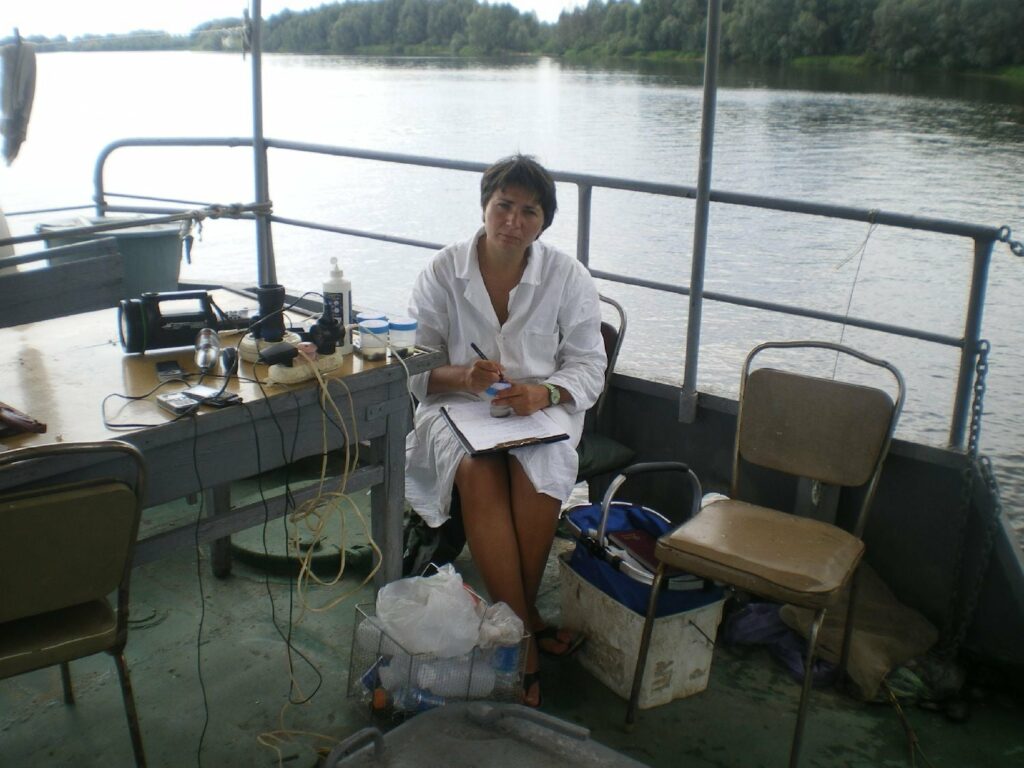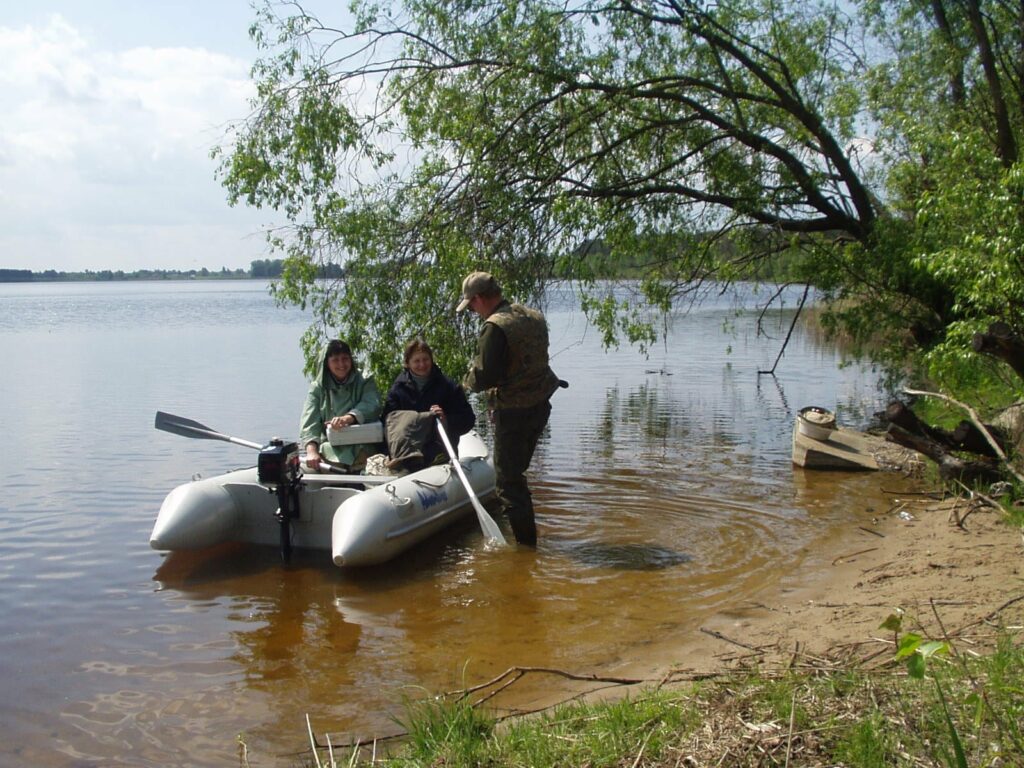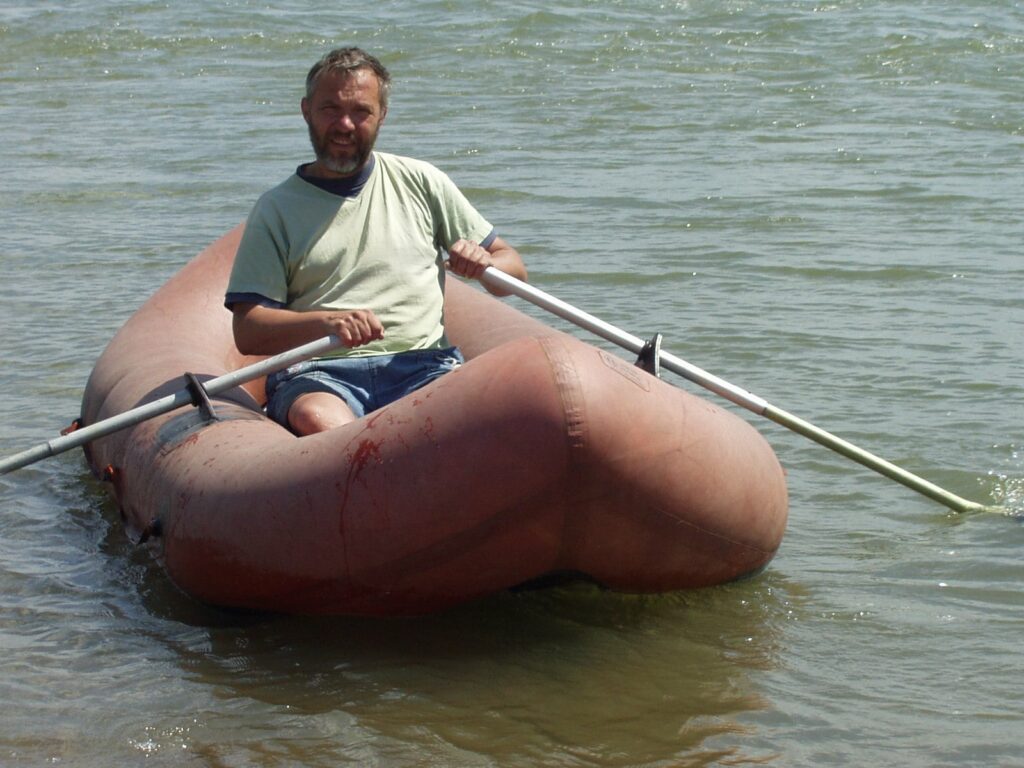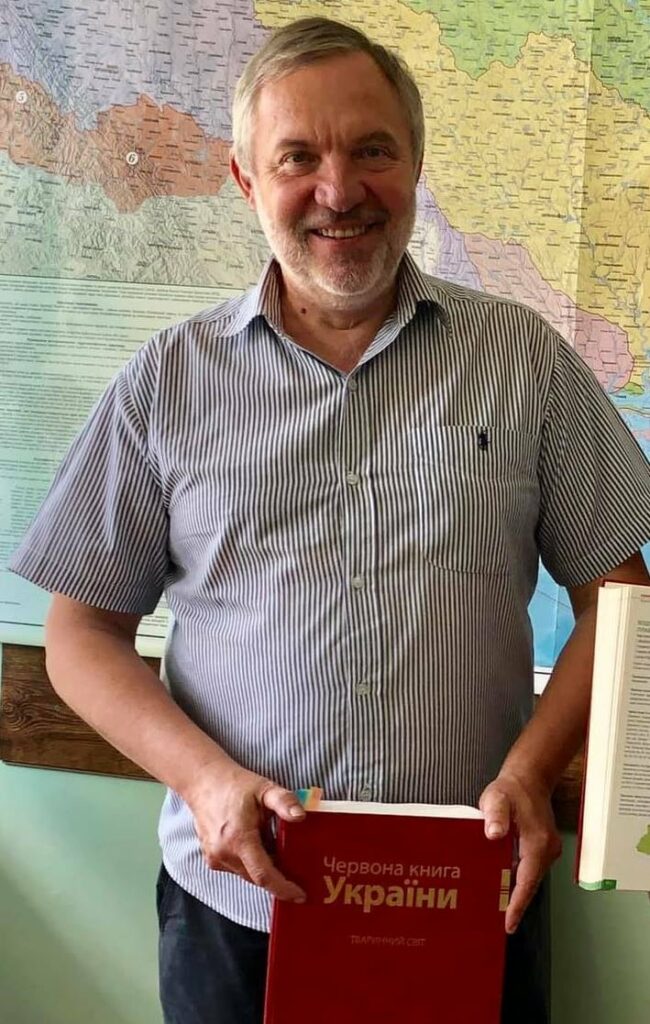The pungent greasy mash covered both the shore and the water surface. In some places fish carcasses whiten in a belly-up position. The stench and depressing silence. Is it a familiar picture? Ponds blooming becomes one of the hottest topics every year, but rarely does any publication contain a detailed analysis of the causes and recipes for saving Ukrainian rivers, water basins and lakes.
It is not necessary to “wash” water basins
The “glimmer” at the end of the tunnel appeared on June 2 this year, when the Cabinet of Ministers adopted Resolution No. 575 “On Amendments to the Technical Regulations for Detergents”.
The updated Ukrainian Technical Regulation and its synchronization with the EU Regulation “On detergents” will introduce a gradual restriction of the content of phosphates and other phosphorus compounds in detergents. This applies to detergents for household and industrial laundry, washing and cleaning.
Commenting on the Government’s decision, Minister of Environment and Natural Resources Roman Abramovskyi reminded that the world’s leading countries had restricted or completely banned the use of phosphates in detergents in the 1980s and 1990s and switched to safer phosphate-free detergents. He expressed hope that by limiting the content of phosphates in detergents, “we will get a significant environmental effect and reduce the “bloom” of large rivers, which are the main sources of drinking water for Ukrainians.”
Indeed, when the updated Regulation becomes effective, the total phosphorus content of detergents in household washing machines should be 2.5 times lower than in the current Regulation. In industrial washing machines it will be possible to fill or put in even more “gentle” agents: the mass fraction of the total phosphorus in detergent should not make or exceed 0,1 percent (five times less). Cafes and restaurants will have to changeover too. For industrial dishwashers, the mass fraction of total phosphorus in the detergent should not exceed 0.25 percent (halving).
Unfortunately, such a reduction will not take place tomorrow or the day after tomorrow, but only from December 31, 2023. Business associations and large manufacturers and importers fiercely opposed to the adoption of the Resolution, and the requirement to postpone its enactment is explained by the need to sell already manufactured products and rearrange technological processes. Due to this delay of two and a half years, the Ministry of Environment as the initiator of the Resolution was severely criticized by some ecologists. At the same time, other community leaders welcome this step. After all, albeit with a delay, the Government proposes positive steps to improve the state of rivers.
Officials also hope that such a decision will reduce the “blooming” of water basins, noting that the phosphates discharge into the environment because of the use of synthetic detergents is one of the main causes of water basins pollution and “blooming”. For example, the state records of water use for 2020 show that more than six thousand tons of phosphates got into the Ukrainian reservoirs with sewage that year.
Algae burger?
Specialists from the Institute of Hydrobiology of the National Academy of Sciences of Ukraine also positively react to the initiative to limit phosphates content in detergents. The Institute has been studying the problem of water “blooming” since the 1960s and has a number of long-term scientific and practical ideas about the causes, mechanisms and natural laws of blue-green algae (Cyanophyta) “blooming” of water in different basins.
Scientists faced this large-scale problem 60 years ago, when a radical restructuring of Dnieper’s hydrological, hydrochemical and hydrobiological regime took place due to the built cascade of six water reservoirs.

“Studies carried out by the Institute of Hydrobiology of the National Academy of Sciences of Ukraine have shown that the most intensive “blooming” of water in the Dnieper cascade was observed after the Dnieper was regulated by Kakhovka and Kremenchuk reservoirs, with biomass reaching up to 3 kg/m3 in surface horizons. It resulted in biological pollution and deterioration of water quality, emergence of bio-barriers in drinking and technical water supply systems, recreation and other types of water use”, said the Director of the Institute of Hydrobiology, Corresponding Member of the NAS of Ukraine, Doctor of Biological Sciences Serhiy Afanasiev.
Back in 1964, the Presidium of the UkrSSR Academy of Sciences formed a special Commission in order to coordinate scientific and research work aimed at studying this phenomenon. A team of scientists from the Institute of Hydrobiology, led by Professor Lidiia Sirenko, designed technical and mechanical means of extracting blue-green algae, concentrating and drying them, and obtaining plant protein, chlorophyll-carotene paste and other nutrients. It was found that fermentation-like processes are observed in the “blooming” spots of blue-green algae; such products as ethanol, butanol and acetone are formed, and methods of obtaining them from algal biomass have been developed.
However, economic calculations have shown that neither collecting nor processing blue-green algae is profitable.
Soviet officials were not convinced, though. The State plans for the USSR’s industry development included the task of obtaining 1 million tons of food protein from the blue-green algae (BGA) of the Kremenchuk reservoir. Construction of the plant for BGA processing started in the village of Adamivka in the Cherkasy region, together with designing and constructing ships-collectors for these algae.
Scientists did not give up in despair and continued to prove the “stupidity”, mildly speaking, of this proposal. New research carried out by experts from the Institute of Hydrobiology has shown that the BGA cells are composed of water by more than 90%, and the fraction of organic matter is less than 10% of the wet weight. For example, studies performed by Lidiia Sirenko’s team proved that the phytoplankton of the Kremenchuk reservoir contains 26.7–38.7% of dry biomass, carbohydrates – 6.2–32.2% of dry biomass, lipids – 2.0–18, 0% dry biomass.
“That is, in terms of fresh biomass, the protein content is only 2-3% of fresh biomass, carbohydrate content – 0.4-2.3%, lipid content – 0.1-0.2%”, Serhiy Afanasiev says.
So, the idea of feeding Soviet people and cattle with “free-of-charge” proteins was eventually abandoned.

Specialists from the Institute have established the factors and mechanisms that determine the scale and duration of water “blooming”, studied the basic principles and specific methods of minimizing the negative effects of “blooming”. The algicidal activity (the capacity of killing or suppressing algae – ed.) of more than 500 substances was studied and it was proved that none of them, even with a very strong algicidal effect, demonstrated a selective effect on the BGA. This is due to the fact that the BGA, along with bacteria are the most ancient forms of life in water, which have survived different geological periods and the harshest living conditions during their evolution.
Phytoplankton “refashioned”. How to react?
The further studies demonstrated that since the second half of the 1970s, the area and intensity of “blooming” in the cascade of reservoirs decreased significantly. This is especially typical for the Kyiv Reservoir (by 6-17 times). Stocks of blue-green algae also decreased: in the Kyiv Reservoir – by 3.1-17.2; Kremenchuk – by 2.5-6.6; Kakhovka – by 10.6-14.1; the proportion of blue-green algae in the total biomass of the phytoplankton group of all reservoirs decreased. That is, the hydrobiological regime of the Dnieper reservoirs became stabilized.

“But these data characterize the situation that existed before the early 2000s. Today the situation has changed again. From 2008 to 2019, biomass indicators were characterized by a significant amplitude of fluctuations and in some years reached 29.55–38.15 g/m3. The highest indicators were recorded in 2008, 2012, 2013 and 2018. In addition, the share of blue-green algae is constantly decreasing and the share of green algae is increasing”, Director of the Institute of Hydrobiology says.

First and foremost, these indicators illustrate certain changes in the structure of phytoplankton due to local and global climate changes, and low-water years of recent decades as well.
The scientists of the Institute of Hydrobiology answer in the affirmative to the question: “Will limiting the phosphate content of detergents help reduce the bloom of our water basins?”
“Today, one of the reasons for the intensification of water bloom may consist in the widespread use of phosphorus-containing detergents. This is confirmed by the fact that compared to the first twenty years of existence of the Kyiv Reservoir, now the phosphorus content in water has almost doubled”, Serhiy Afanasiev asserts.

In summary, hydrobiologists believe that the main factors that contribute to the “bloom” of the Dnieper reservoirs are:
a) flooding of highly productive lands rich in biogenic elements, organic substances and microelements;
b) reducing the flow velocity when the river is regulated by a cascade of reservoirs and formation of large shallow waters;
c) significant plowing of agricultural lands without compliance with sanitary norms and widespread use of mineral fertilizers;
d) discharge of industrial and domestic wastewater which is incompletely treated and has high concentrations of biogenic elements and organic substances;
e) increase in recreational load on aquatic ecosystems; and
f) large-scale use of phosphate detergents in recent decades.
“In our opinion, there are only two ways to “fight” these problems. The first one consists in managing water passes at HPPs based on predictive models of water quality and “blooming”. The second one is a strict legal restriction of phosphate detergents use. As for other methods (from various types of aerators-mixers and airlifts to proposals to “displace” BGA with chlorella), they all have either a very local character (airlift on water intakes) or are unscientific (chlorella) at all “, – sums up Serhiy Afanasiev.
Oleh LYSTOPAD
